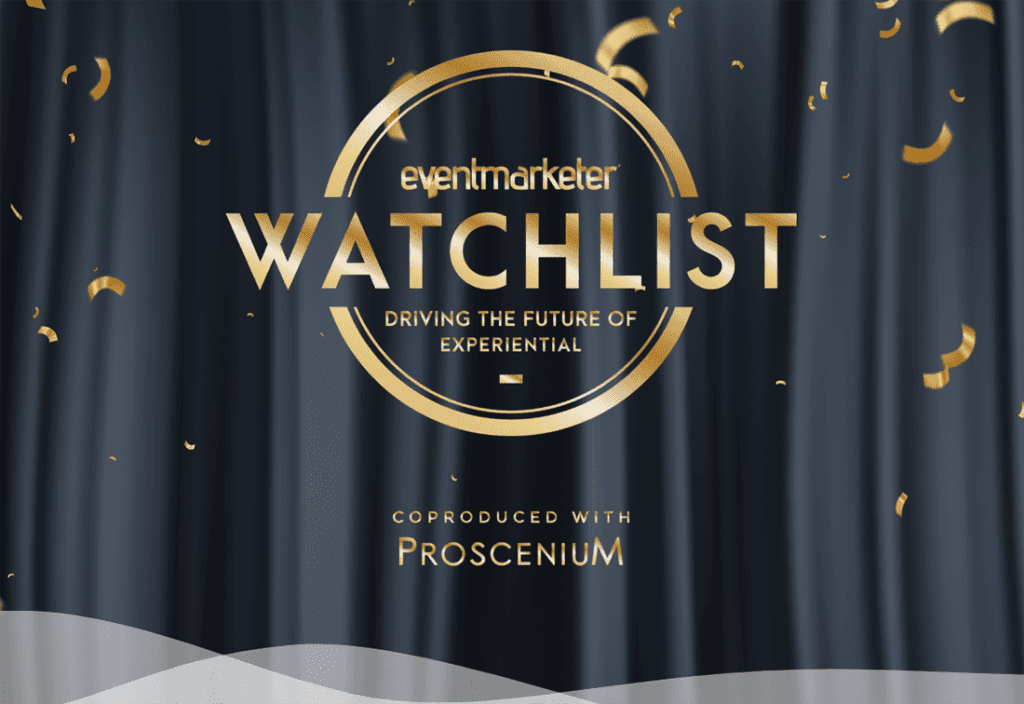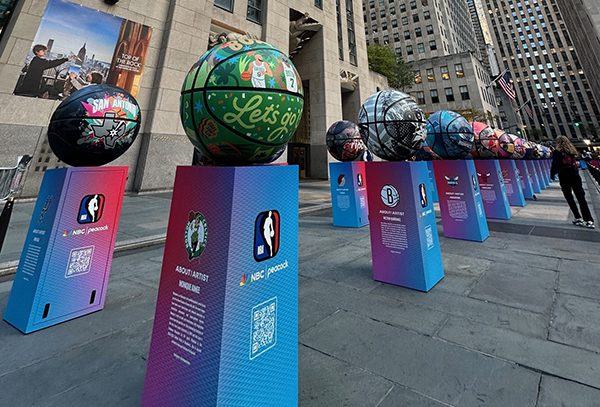
No doubt, word-of-mouth marketing has become a key component of the marketing mix. As we know it is an ever more important interaction among consumers. For brands, listening, transparency and evaluating ROI are among six ways to keep people talking and convert consumers to brand advocates. However, as we also know, negative comments can be difficult to tamp down.
When Colloquy asked 3,295 U.S. consumers about their word-of-mouth habits, slightly more than one out of every four (26%) said they are far more likely to spread the word to family, friends and coworkers about a bad experience with a product or service than a good one. (Read how retailers make hay by responding to negative comments.)
In a survey finding of equal significance, even among consumers who are most loyal to, engaged with and willing to recommend brands they like—a group my company calls WOM Champions—31% said they are far more likely to share information about a bad experience with a product or service than a good one.
We adopted a little known term, “Madvocates,” as an apt name for consumers predisposed to engage in negative WOM practices after suffering a bad experience. The corresponding attitude can be called “Madvocacy.”
Brands and their loyalty reward programs should heed the message in these survey findings: Bad news travels fast. Our research shows that word-of-mouth champions are three times more likely to be found within a rewards program than not. WOM Champions can spread the good word or switch to Madvocacy mode, depending on the treatment they receive.
Here are three brand conversation ‘best practice’ tips for turning Madvocates into Advocates:
1. Customers should have an opportunity for a dialogue, not a monologue, with their favorite brands, and they should be able to have a dialogue with each other. That’s what we call a trialogue. Get the conversations started by asking for opinions and insights, and recognize contributions.
2. Loyalty programs should involve customers in WOM activities in the form of online social sharing communities, panels and co-development platforms. Do your own social media.
3. Brands should be innovative and make sure content is relevant, fresh and rewarding. Start by transforming your marketing mindset from ‘incentive’ to ‘service.’ Be sure to nip any service problems in the bud and head off any negative WOM that can quickly go viral from well-connected customers.
The WOM Colloquy survey yielded some other notable results. Among key demographic groups, Affluent consumers, at 30%, scored highest for saying they’re far more likely to spread a bad experience. Seniors scored the lowest at 19%. In the other demographics, 25% of Young Adults and 25% of Women said they’re far more likely to share a bad experience. Hispanics’ score was 21%.
Another provocative finding from the research was that just 7% of the general population are “Pure Madvocates” —consumers who aren’t connected to brands and aren’t willing to advocate for them, but who are oriented to negative WOM.
Here’s one more set of revealing numbers. Seventy-five percent of the general population said that when they’ve had a bad experience with a product or service they advise family and friends. That surpasses the 42% who said they always recommend a product or service they really like, the 71% who said they’re always looking to experience something new, and the 67% who said they love telling people about something new they’ve learned.
Rather than uncover a separate group of brand curmudgeons, we instead discovered an overlap of positive and negative stances found among all groups. Negative WOM, it seems, is a function of the bad experience we all may have on occasion.
Brands know who their WOM Champions are. They’re likely found in the membership rolls of a loyalty program. They are the best customers, the brand advocates. They can exalt a brand or tear it down.
Jim Sullivan is partner at Colloquy. He can be reached at jim.sullivan@colloquy.com.
Related Articles
Consumers Put Price First in Calculating Retail Loyalty: Colloquy



